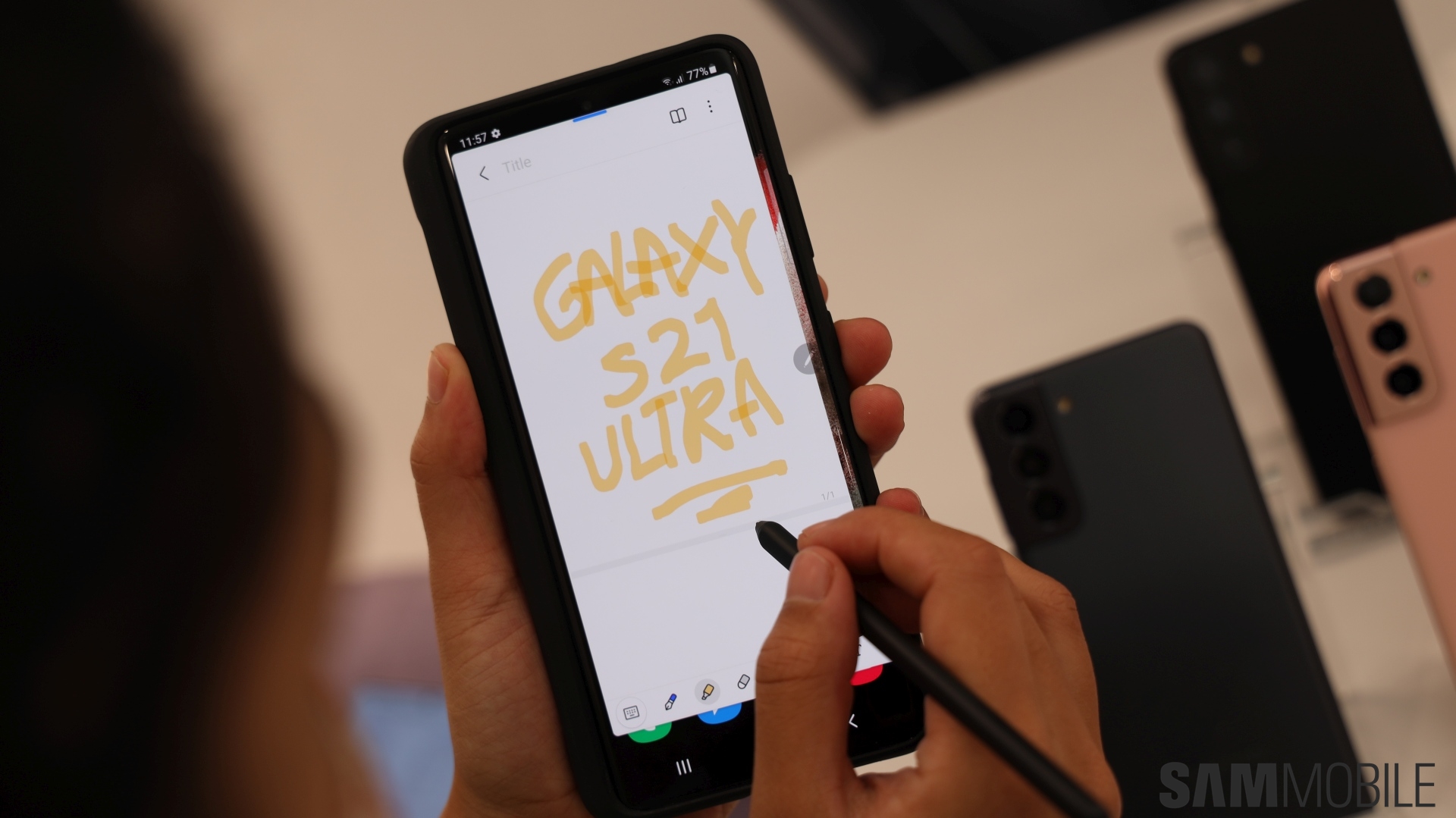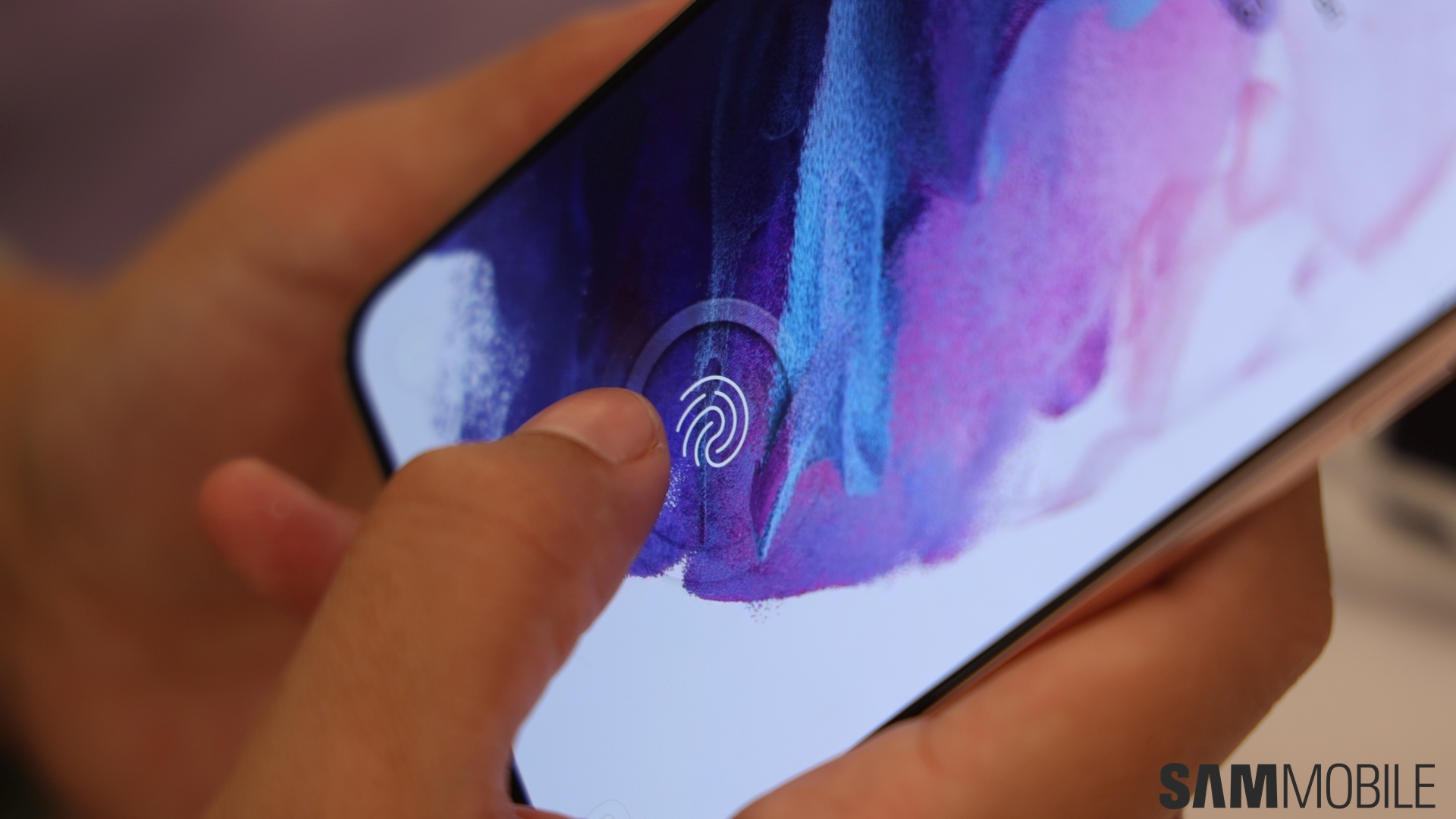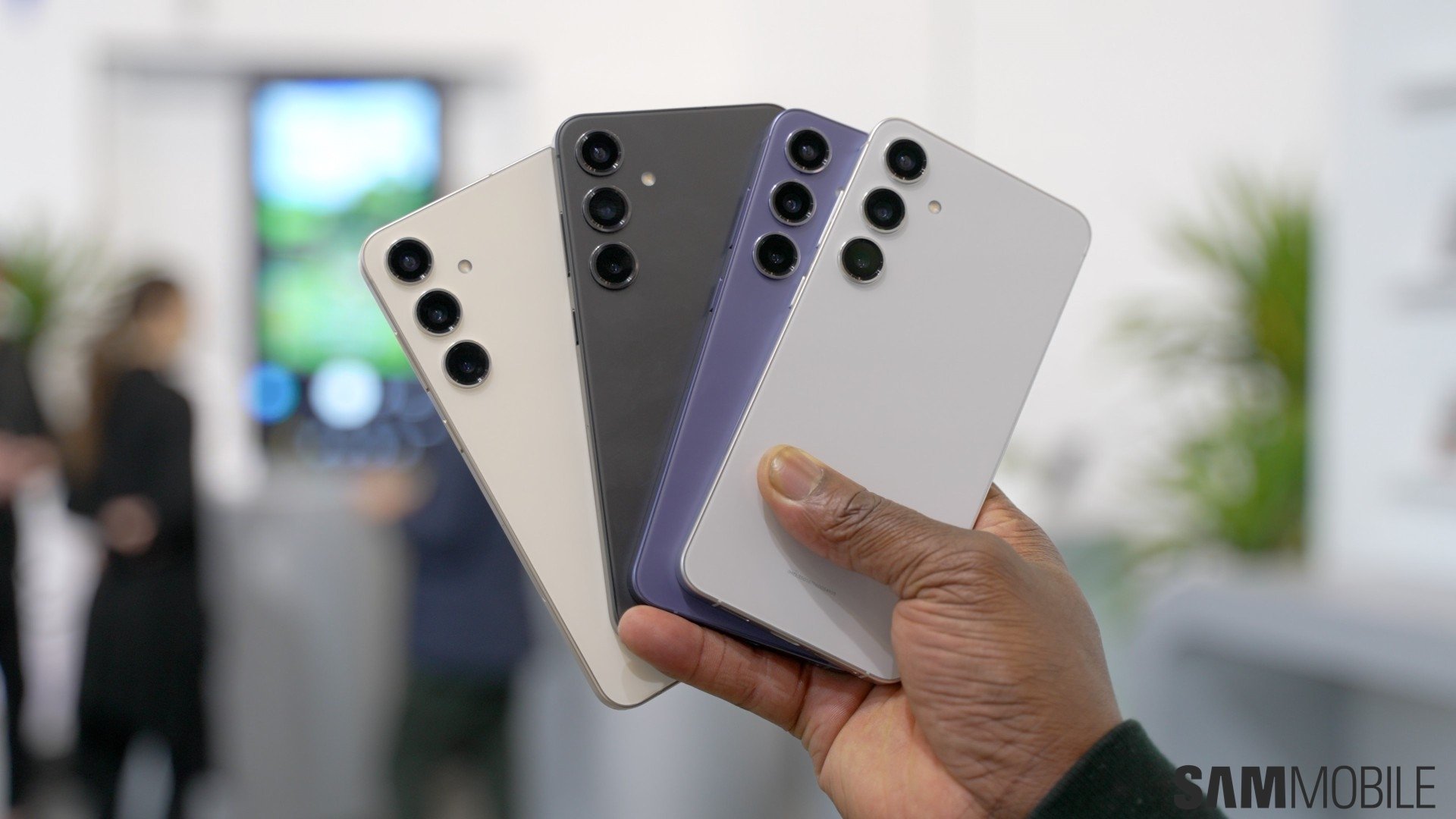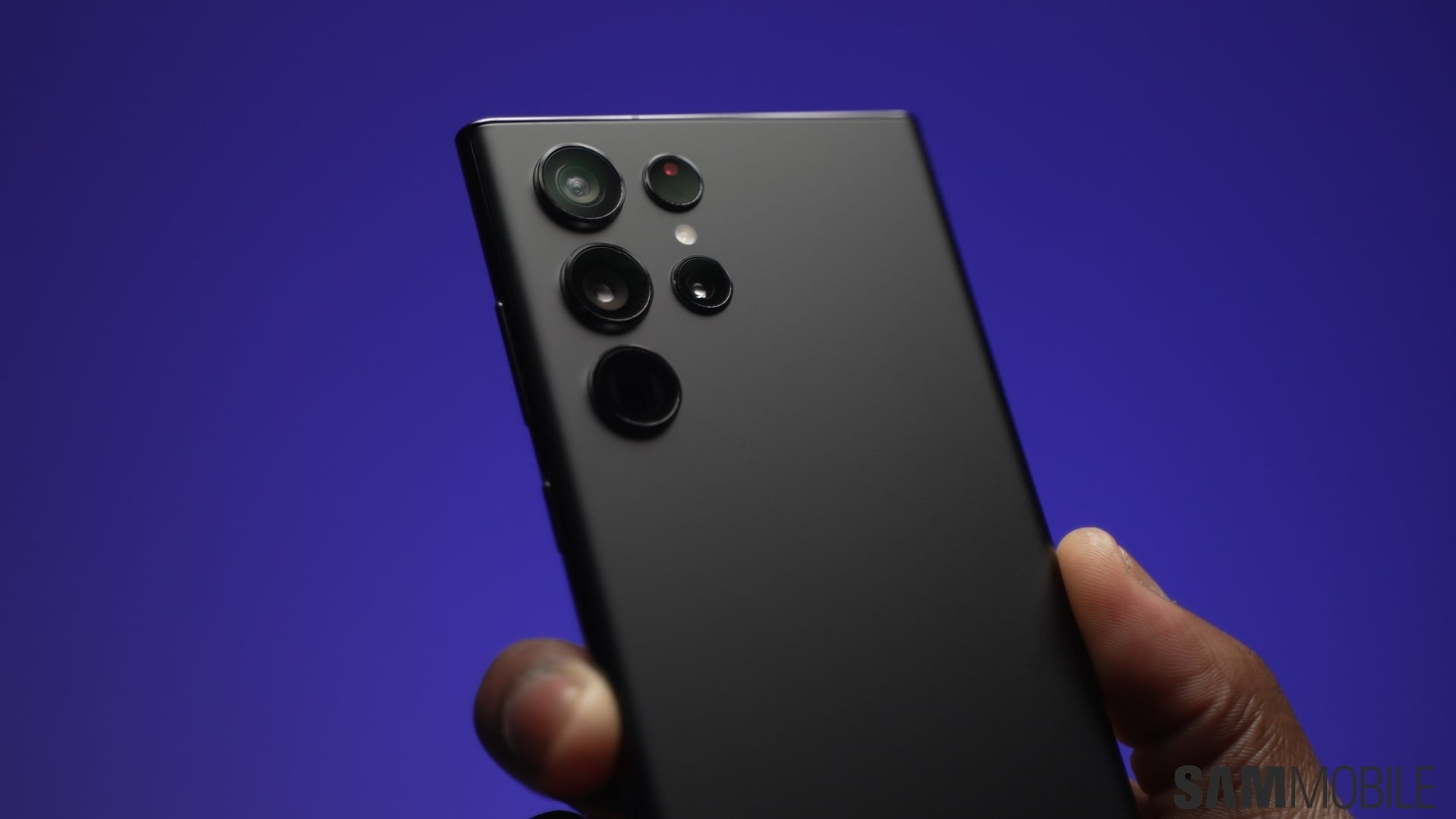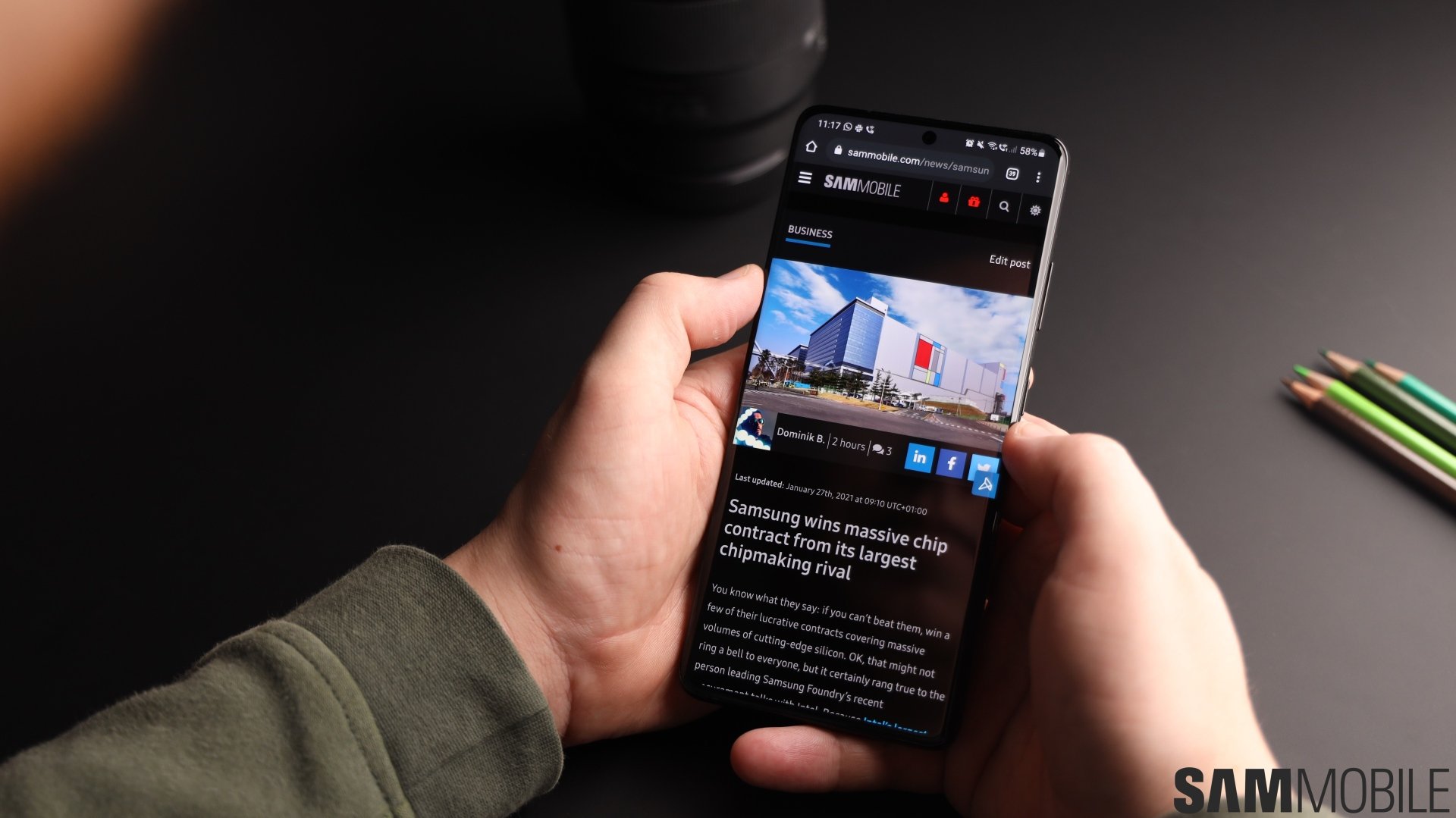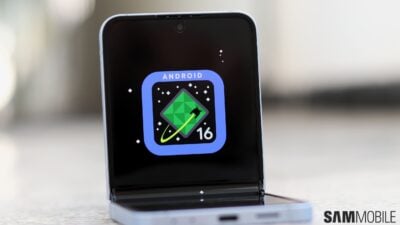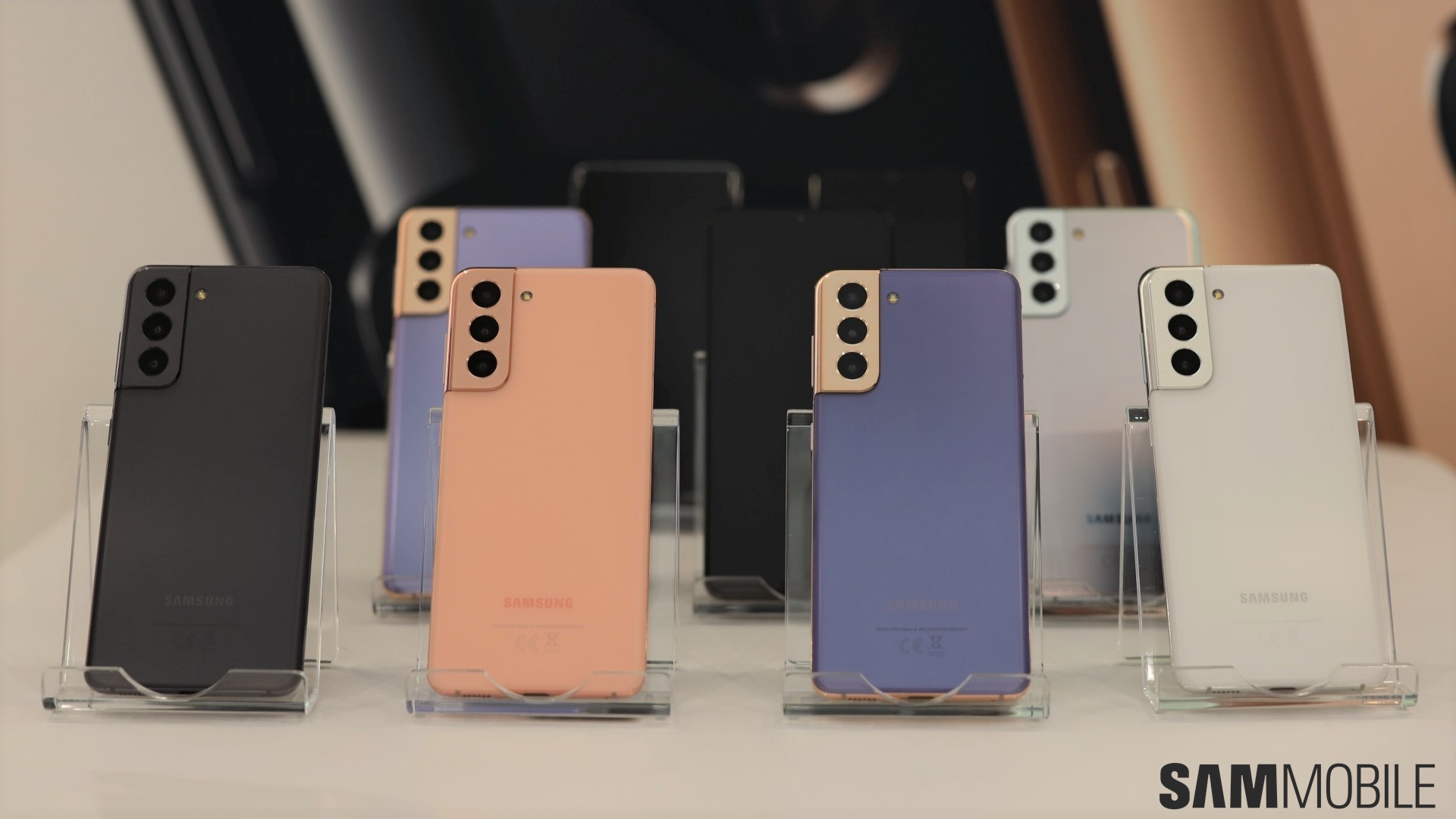
Comparing Samsung's brand-new trio of flagships is made a lot easier by the fact that the Galaxy S21 and the Galaxy S21+ variants are nearly identical. Whatever makes them different can be summarized in a few sentences: the Galaxy S21+ has a larger 6.7-inch Dynamic AMOLED 2X display (versus 6.2-inch), a larger 4,800mAh battery instead of a 4,000mAh unit, and it benefits from UWB (ultra-wideband) while the base model lacks this technology. The Galaxy S21+ has a Gorilla Glass Victus back panel whereas the base model's is made of plastic, but they both have Victus display protection.
These discrepancies aside, they are virtually one and the same device. The Galaxy S21 and Galaxy S21+ have an identical rear-facing triple-camera configuration (12MP wide / 12MP ultra-wide / 64MP telephoto) and 10MP selfie sensor. Fun fact: It's the exact same camera setup you can find on the Galaxy S20 and the Galaxy S20+.
Memory options are also streamlined and include 8GB of RAM and 128GB / 256GB of storage. And although differently-sized, their displays have the same characteristics including a FHD+ resolution and a dynamic refresh rate of 48-120Hz.
The Galaxy S21 Ultra stands out thanks to a handful of meaningful upgrades
If the Galaxy S21+ is a larger version of the base model then the Galaxy S21 Ultra stands out through major differences in specs and design. The top-tier variant does follow the same design language as the rest of the series but the camera bump is much more prominent thanks to the inclusion of two additional sensors.
The Galaxy S21 Ultra is the only model of the three to boast a high WQHD+ display resolution. The 6.8-inch Dynamic AMOLED 2X panel has a more granular adaptive refresh rate with a range of 10-120Hz and it even supports 120Hz at maximum resolution.
Furthermore, the Galaxy S21 Ultra has a different camera setup boasting a new wide-angle 108MP sensor with OIS and Phase Detection autofocus, a 12MP ultra-wide (f/2.2) sensor with Dual Pixel autofocus, and two 10MP telephoto shooters with Dual Pixel autofocus that can achieve a combined zoom of 100x.
The Galaxy S21 Ultra is capable of recording 4K@60fps videos with all four of its rear-facing cameras – something that's not available for the rest of the series. Likewise, it's the only S21 variant to boast a laser autofocus module, a 40MP selfie camera, and Wi-Fi 6E. The phone has a larger 5,000mAh battery and memory options include 12GB / 16GB of RAM and 128GB / 256GB / 512GB of built-in storage.
Finally, the Galaxy S21 Ultra is the only model of the three to offer S Pen compatibility. The accessory is sold separately, on its own or bundled with a case, but it doesn't work with the other two Galaxy S21 models because they don't have the same digitizer as the Galaxy S21 Ultra.
Features they all have in common
Although the Galaxy S21 Ultra is considerably different than the other two variants, there is some overlapping in several areas where they all share the same characteristics.
To begin with, all three variants use the Snapdragon 888 or Exynos 2100 chipsets depending on region. Likewise, they all use Qualcomm's brand-new ultrasonic fingerprint sensor called the 3D Sonic Sensor Gen 2 and it should perform the same across the board. Disappointingly, they also lack expandable storage.
Samsung DeX and Wireless PowerShare are par for the course and all three models have a metal camera housing, the same IP68 rating, and top out at 25W fast charging. Speaking of which, Samsung has removed the charger and the wired earbuds from the retail boxes for the entire series and has argued that it's fighting against e-waste in the process.
Which Galaxy S21 model should you buy?
Before we even attempt to answer this question we should take a closer look at the official prices. The Galaxy S21 with 8GB of RAM and 128GB of storage will hit the market for $799 / €849 / £769. The Galaxy S21+ with the same memory configuration will go on sale for $999 / €1,049 / £949, and finally, the Galaxy S21 Ultra with 12GB of RAM and 128GB of storage will be priced at $1,199 / €1,249 / £1,149. The S Pen will be sold for $39 while the S Pen silicon case and S Pen Clear View case will be available for $69 and $89.
If you're a Galaxy S fan who has never used a Galaxy Note before and you're tempted to finally give the S Pen a try then the Galaxy S21 Ultra is the only way to go. This is equally true if you're looking for the best camera and display experience.
However, if mobile photography isn't your priority and if you're not interested in the S Pen to begin with then you might be better off buying the Galaxy S21 or the Galaxy S21+. And picking between these two models shouldn't be too difficult. The base variant is great for people who may be looking for a more compact phone and don't care for ultra wide-band tech, whereas the Galaxy S21+ should be picked up by flagship enthusiasts who want UWB and don't like the idea of paying a premium price for a polycarbonate back panel.
Check our device comparison widget below for a closer look at the flagship trio and don't forget to hit the Full Comparison button for a more complete view of the specs side by side. Have you made up your mind regarding the Galaxy S21 series? Which model would you be more inclined to buy and why? Feel free to share your thoughts in the comment section.
[modelcompare model1=”SM-G991B” model2=”SM-G996B” model3=”SM-G998B”]














